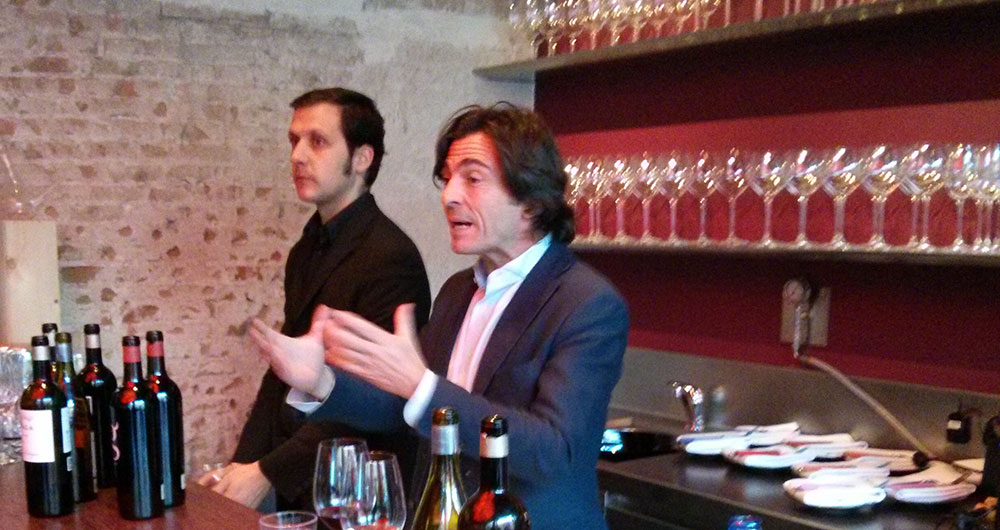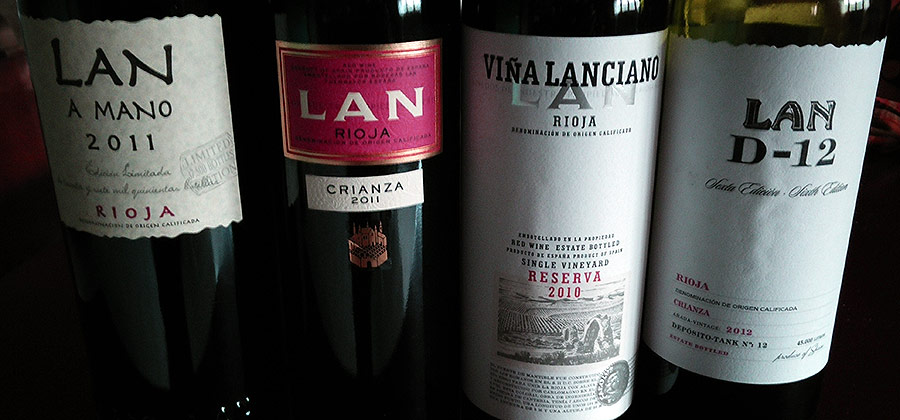When writing about why the wines of Spain have lacked fame, I made mention that for 2021, Spain produced the second-largest amount of wine in the world of any country. Again, this begs the question as to why it’s not held in the same regard as Italy and France; numbers one and three. To address those issues, I suggest a read of my previous article if you haven’t already. In taking a larger look at 2021, Spain moved up one spot, taking second place from France. But, it’s not that […]

